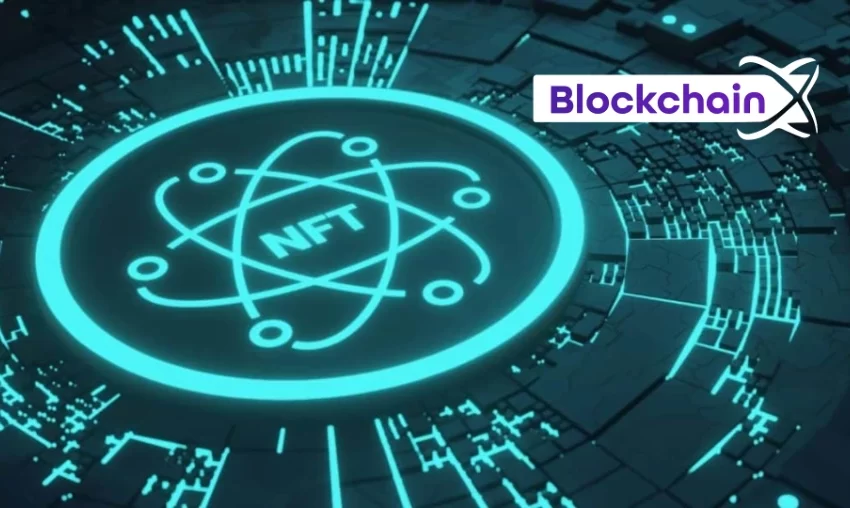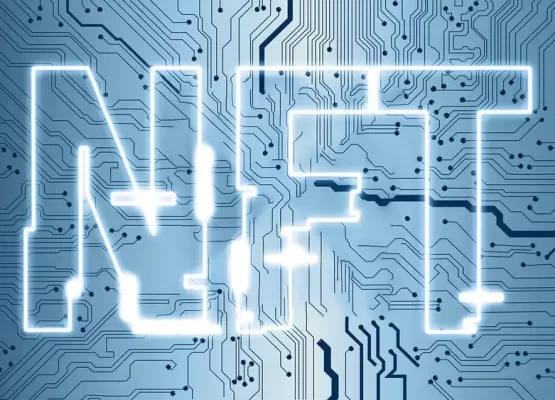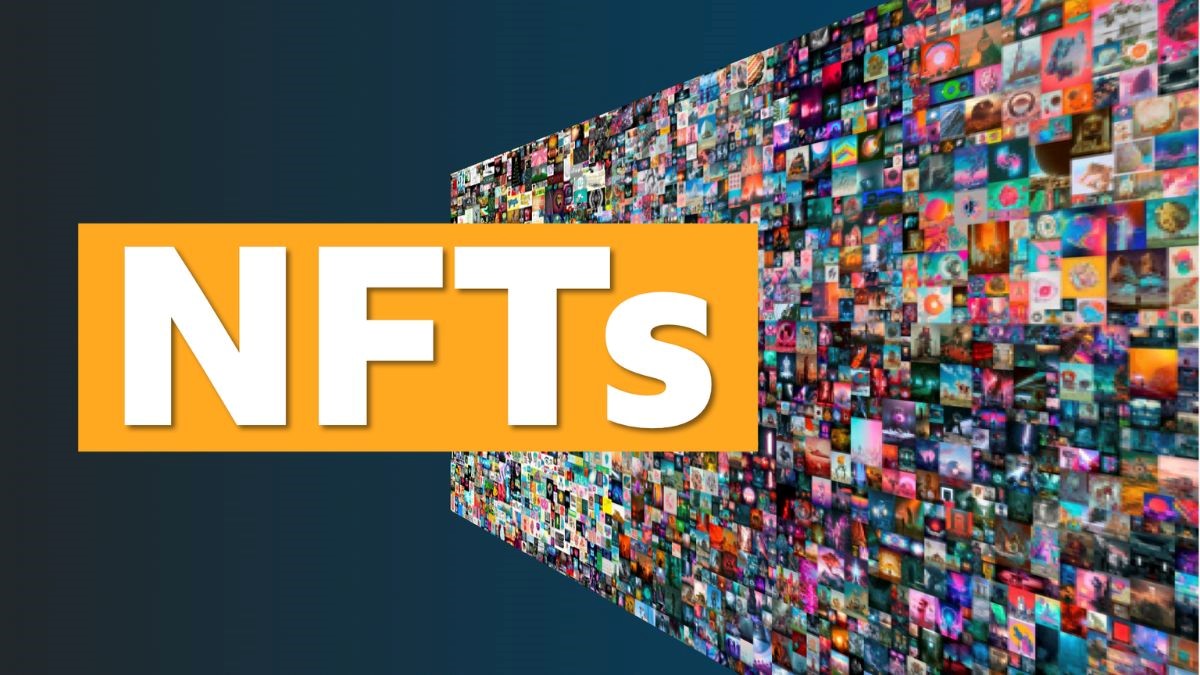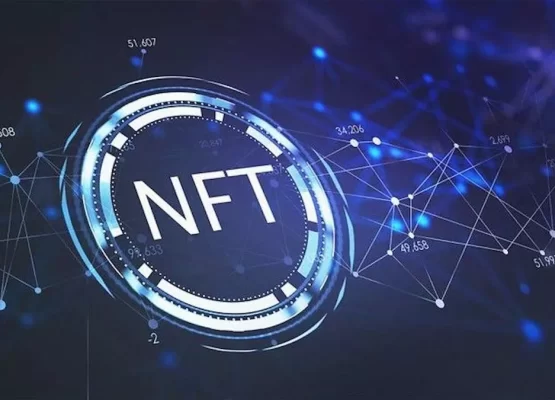NFT stands for Non-Fungible Token. It is a type of digital asset that represents ownership or proof of authenticity of a unique item or piece of content, such as artwork, music, videos, virtual real estate, collectibles, and more, using blockchain technology.
Characteristics of NFTs:
- Uniqueness: Unlike cryptocurrencies like Bitcoin or Ethereum, which are fungible and can be exchanged on a one-to-one basis, each NFT has a distinct value and cannot be exchanged on a like-for-like basis. Each NFT has a unique identifier that sets it apart from other tokens.
- Ownership and Authenticity: NFTs provide proof of ownership and authenticity for the digital items they represent. They are stored on a blockchain, which is a decentralised and transparent public ledger, making it easy to verify the ownership and transaction history of an NFT.
- Indivisibility: NFTs are indivisible, meaning they cannot be broken down into smaller units like cryptocurrencies. They exist as whole units and are not interchangeable.
- Interoperability: NFTs can be created on different blockchain platforms, but the most common and widely used standard for creating NFTs is the ERC-721 standard on the Ethereum blockchain. However, other standards like ERC-1155 and Binance Smart Chain (BEP-721) are also used.
- Smart Contracts: NFTs are often associated with smart contracts, which are self-executing contracts with predefined rules and conditions. Smart contracts enable automatic royalties or commissions to be paid to creators when their NFTs are resold on secondary markets.
- Marketplaces and Trading: NFTs can be bought, sold, and traded on various online marketplaces, which serve as platforms for creators, collectors, and enthusiasts. These marketplaces facilitate the discovery, listing, and exchange of NFTs.
NFTs have gained attention and popularity due to their ability to provide unique ownership and provenance to digital assets, allowing creators to monetize their work and collectors to own scarce digital items. However, it’s important to note that NFTs have also sparked debates around topics like copyright, environmental impact, and market speculation.
Historical development of NFTs:
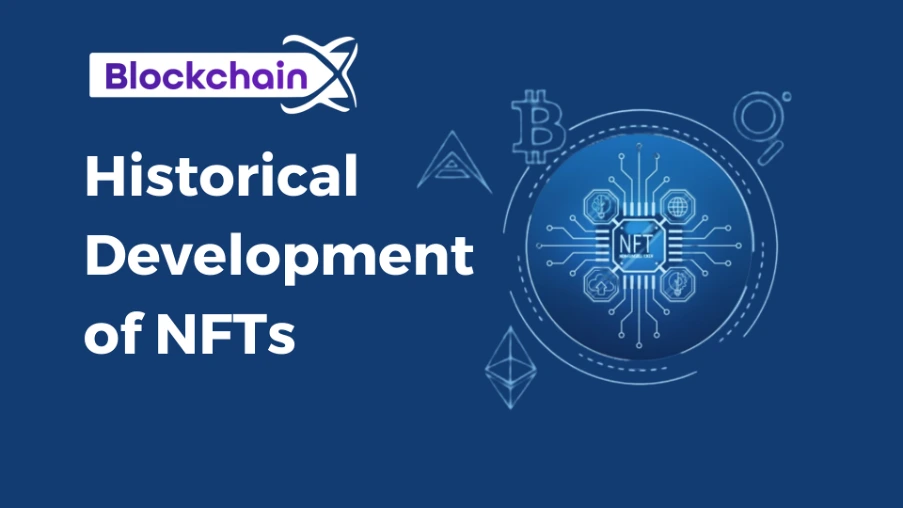
- Early Experiments (2012-2017): The concept of using blockchain technology to create unique digital assets was explored with projects like Coloured Coins, which allowed the creation and trading of digital assets on the Bitcoin blockchain. However, these early experiments didn’t gain widespread adoption.
- Emergence of ERC-721 (2017): In late 2017, the release of CryptoKitties, a blockchain-based game built on the Ethereum platform, popularised the use of Historical development of NFT. CryptoKitties introduced the ERC-721 token standard, which enabled the creation and trading of unique, non-fungible assets on the Ethereum blockchain.
- Expansion of NFT Ecosystem (2018-2020): Following the success of CryptoKitties, various platforms and projects began exploring NFTs. Decentraland launched in 2018, creating a virtual reality world where users could buy and sell virtual land as NFTs. Other projects, like NBA Top Shot, gained popularity by offering NFT-based digital collectibles.
- Mainstream Attention (2021): NFTs gained significant mainstream attention in early 2021. One notable event was the sale of an artwork by the artist Beeple for $69 million at a Christie’s auction. This brought NFTs into the spotlight and sparked a surge of interest from artists, creators, and collectors.
Non-fungible tokens (NFTs) historical development:
- Early Blockchain Experiments (2012-2017): The concept of using blockchain technology to create unique digital assets was first explored in 2012. Coloured Coins, a protocol built on top of the Bitcoin blockchain, allowed users to issue and trade digital assets tied to real-world assets. However, it was not widely adopted.
- CryptoKitties and ERC-721 (2017): In late 2017, the release of CryptoKitties, a blockchain-based virtual cat breeding game, introduced the concept of NFTs to a broader audience. CryptoKitties used the Ethereum blockchain’s ERC-721 token standard, which allowed for the creation of unique and indivisible tokens.
- Expansion of NFT Ecosystem (2018-2020): Following CryptoKitties’ success, various platforms emerged, offering NFT-based digital art, collectibles, and virtual land. Notable projects include Decentraland, which introduced a virtual reality world with tradable virtual land, and NBA Top Shot, which offered digital collectible highlights of basketball games.
- Art and Cultural Impact (2020-2021): NFTs gained mainstream attention in early 2021 when several high-profile digital art sales took place. Artists like Beeple sold an NFT artwork for a record-breaking $69 million at a Christie’s auction. This period also saw musicians, celebrities, and athletes embracing NFTs as a way to monetize their work and engage with their fan bases.
- Expansion Beyond Art (2021-2022): NFTs expanded into various sectors beyond art, including music, sports, gaming, and virtual real estate. Musicians released albums as NFTs, athletes tokenized their achievements, and gaming companies introduced NFT-based in-game items and experiences. Some digital collectibles and virtual land sold for significant sums of money.
- Criticisms and Environmental Concerns: As NFTs gained popularity, concerns about their environmental impact emerged. NFTs, particularly those on the Ethereum blockchain, consume substantial amounts of energy due to the consensus mechanism (Proof of Work) used by the network.
- Ongoing Development (2022-Present): The NFT ecosystem continues to evolve, with new platforms, projects, and use cases emerging. Efforts are being made to address environmental concerns, such as the transition to more energy-efficient blockchain technologies like Proof of Stake.
It’s important to note that the NFT space is rapidly evolving, and new developments are likely to occur beyond the knowledge cutoff of this AI model.

